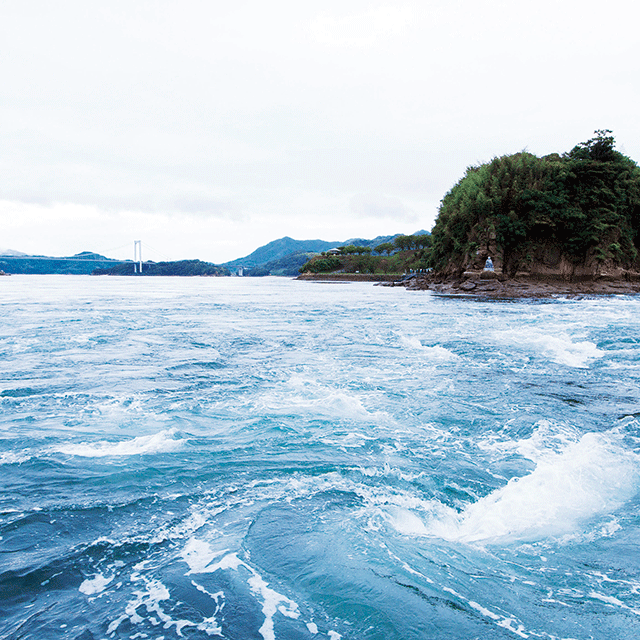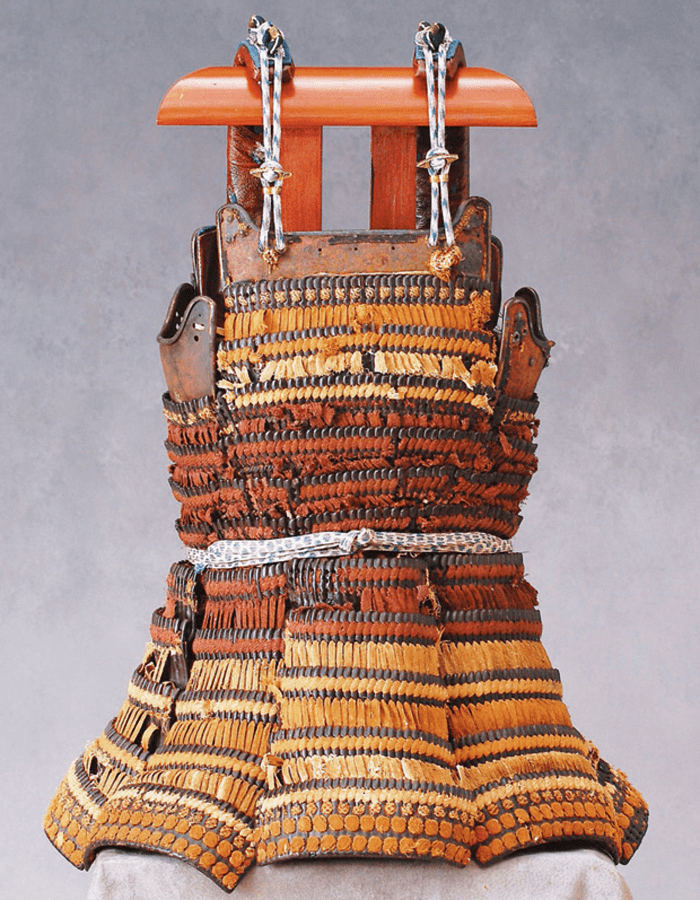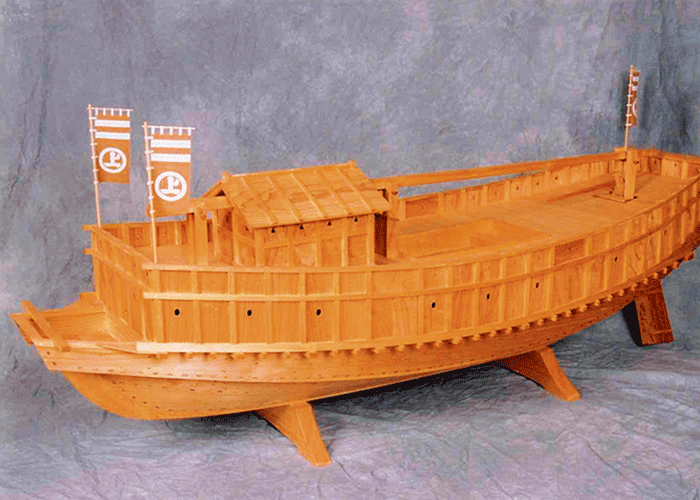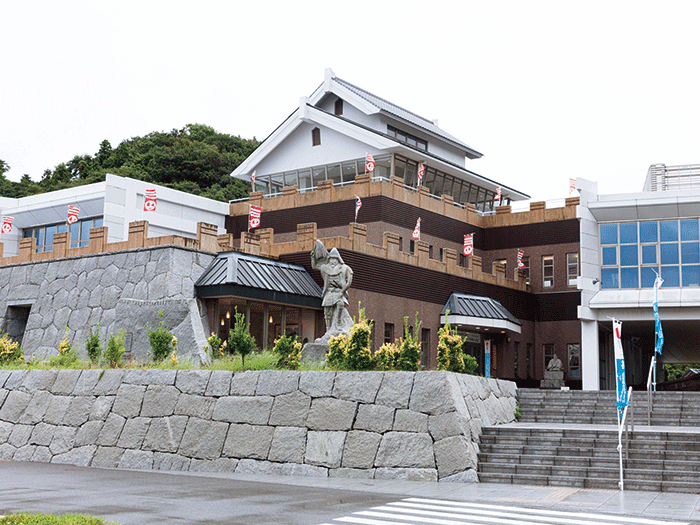

Trace the footsteps of the Murakami pirates: Oshima Island
Try crossing over to Oshima Island from Shikoku on a bicycle.
The Portuguese missionary Luís Fróis, who visited Japan in the 16th century, referred to the Murakami Kaizoku as Japan’s largest band of pirates. Basing themselves on islands in the Seto Inland Sea, the Murasaki Kaizoku at one point had dominion over the entire region. The clan had three main branches, and one of these, the Noshima Murakami branch, based themselves on Oshima Island. They are said to have fortified the small island of Noshima off the coast of Oshima to demonstrate their power. Although referred to as pirates, they are said to have placed emphasis on guarding the sea rather than on pillaging and marauding. You can trace their footsteps at the Murakami Suigun Museum, which exhibits precious articles handed down from those heady days. The museum paints a historically accurate but romantic picture of those long-gone days. While looking at the many exhibits, you can almost hear the voices of the valiant pirates who were referred to as lords of the sea, and who had the entire Seto Inland Sea under their control. The views from the museum’s observation deck of the beautiful Seto Inland Sea, including the Noshima castle ruins, show different faces depending on the season and angle. The Nishi-Seto Expressway (one of the three routes that now bridge Honshu and Shikoku and also known as the Shimanami Highway) connects to Oshima, and the ability to cycle over to the island makes a visit even more appealing. Lying to the north of Oshima, the island of Omishima is home to Oyamazumi Shrine, which houses a collection of martial implements, eight of which have been designated as national treasures. (This information is as of November 2017)




IMABARI CITY [ MURAKAMI-SUIGUN ] MUSEUM
MAP
